Our two-week vacation to Peru and Bolivia started as a pipe dream months before our actual trip. But even then, as avid readers of National Geographic (thanks, Grandpa!), we understood that Cusco would be our first step into exploring the Andean nation of Peru.
When I originally wrote this article back in the day, I was a military wife living in Buenos Aires, Argentina. My husband was on an exchange assignment for about 15 months. We had yet to know that we would be moving to Ecuador for three years! In short, we were trying to expose our boys to as much of South America as we could afford in so short of an assignment. At the time, I published on DailyKos under the pen name of AngelaJean. What follows below is an edited version of that original piece.
Welcome to Cusco, Peru!
Myth has it that the first Incan leader, Manco Cápac, settled in Cusco after he was gifted a golden staff by the Sun God and commanded to build a temple at the place where it sank deeply into the ground. Today, the Quechua people still refer to that place as Qosco, instead of the Spanish Cuzco or the English Cusco.
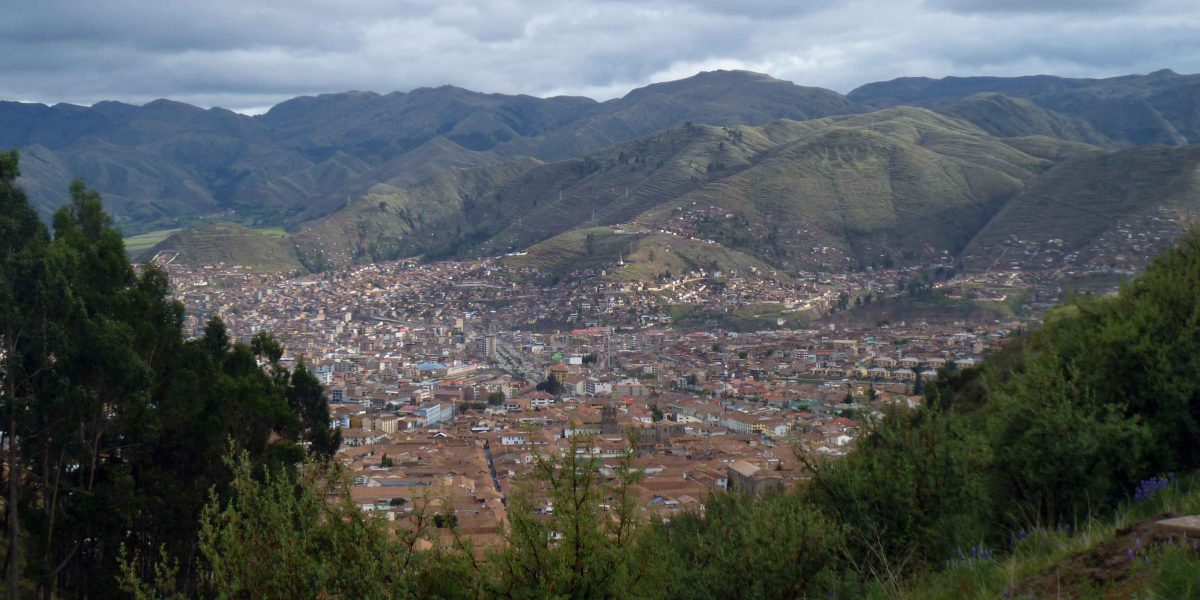
Even though we flew, it took us two days of travel to reach this part of South America from Buenos Aires. There are no direct flights so we elected to stay the night in La Paz, Bolivia so that we could save money. However, most tourists travel via Lima and can make the connection in a single day.
By the time we arrived, we were ready to be finished with airport layovers. Unfortunately, we had the initial scare of not finding our driver to take us to our hotel. This is no small thing in South America where you are literally bombarded by taxi drivers begging to take you to the hotel of their choice as soon as you walk out of customs. Luckily, after walking outside, we saw our name on a placard and were saved!
Cusco, The Real South America
As we drove into the city of Cusco, I realized we were not in Buenos Aires anymore! In many ways, we felt like we had arrived in the ‘real’ South America, where local faces are less European and our own pale skin and blue eyes were much less likely to blend in. Not that we exactly fit in Buenos Aires, mind you, but we don’t stick out like sore thumbs either.
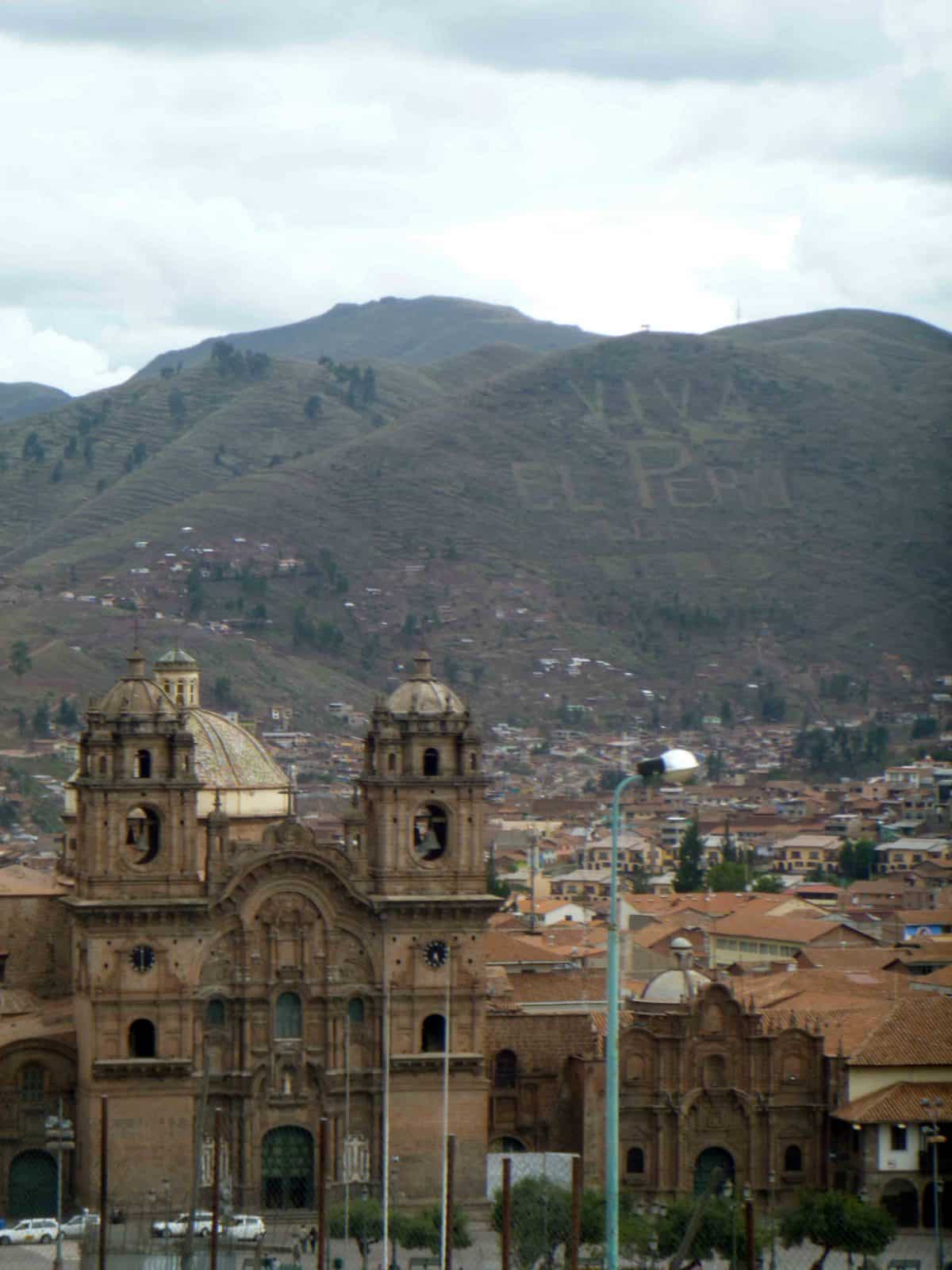
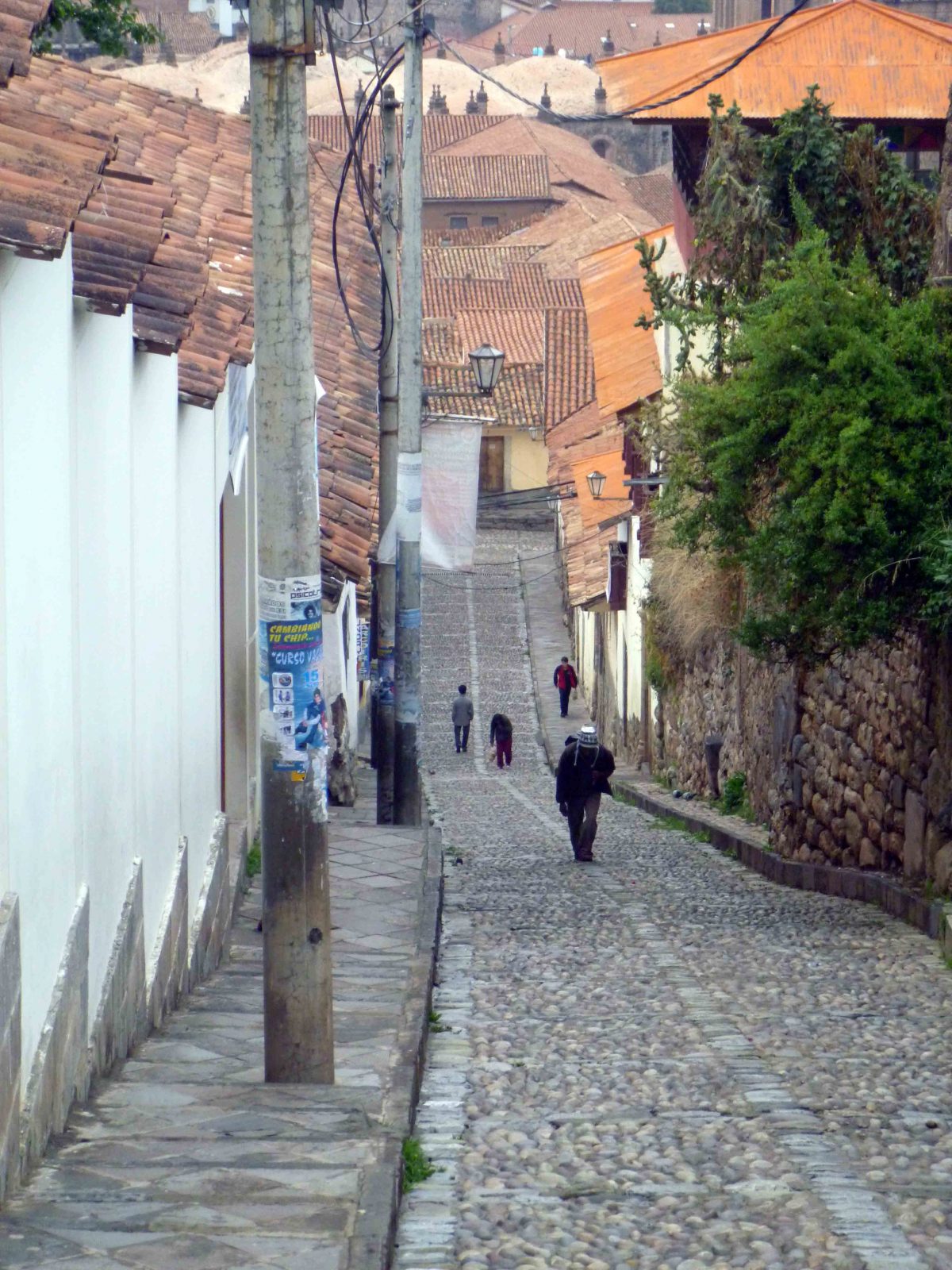
Almost immediately, we drove past the most wonderful farmer’s market. Even though it was Sunday morning, people were shopping. That is pretty unusual in Buenos Aires where most markets are all closed from 1 pm on Saturday until Monday morning.
Though the people in their bright clothes were intriguing, I was most struck by images of food. I saw chickens complete with heads, beaks, and claws, entire young suckling pigs, and slabs of whole dried fish. I saw corn on the cob with fat, plump kernels, pale yellow and freshly shucked, ripe pineapples, strawberries so under-ripe that they were more green than red, peppers of every warm hue and all sizes, and the tiniest crab apples I have ever seen. I saw beef hanging from the butcher’s stall, dark, red, and so fresh it was dripping with blood the color of beet juice. The strangest sight of all – fresh guinea pigs, skinned and whole, lined up on a table like surgeons’ scalpels. All of this I saw in the space of two, maybe three minutes, as our car drove by, not even time to take a picture.
Spanish-Colonial Cusco
The buildings soon changed from modern cinder block construction to ancient Spanish colonial. Every corner we turned, I saw a photograph waiting to be taken: an old church, a plaza with a fountain, a second-story balcony made of carved wood, heavy double doors. The streets were cobblestone, the alleys narrow, sometimes not wide enough for a car, clearly built for a time when vehicles were more mundane and pulled by horses or loads were carried by back alone. The historical district of Cusco reminded me of old villages in Spain or even Italy.
I was falling in love with Cusco and I hadn’t stepped foot out of the vehicle.
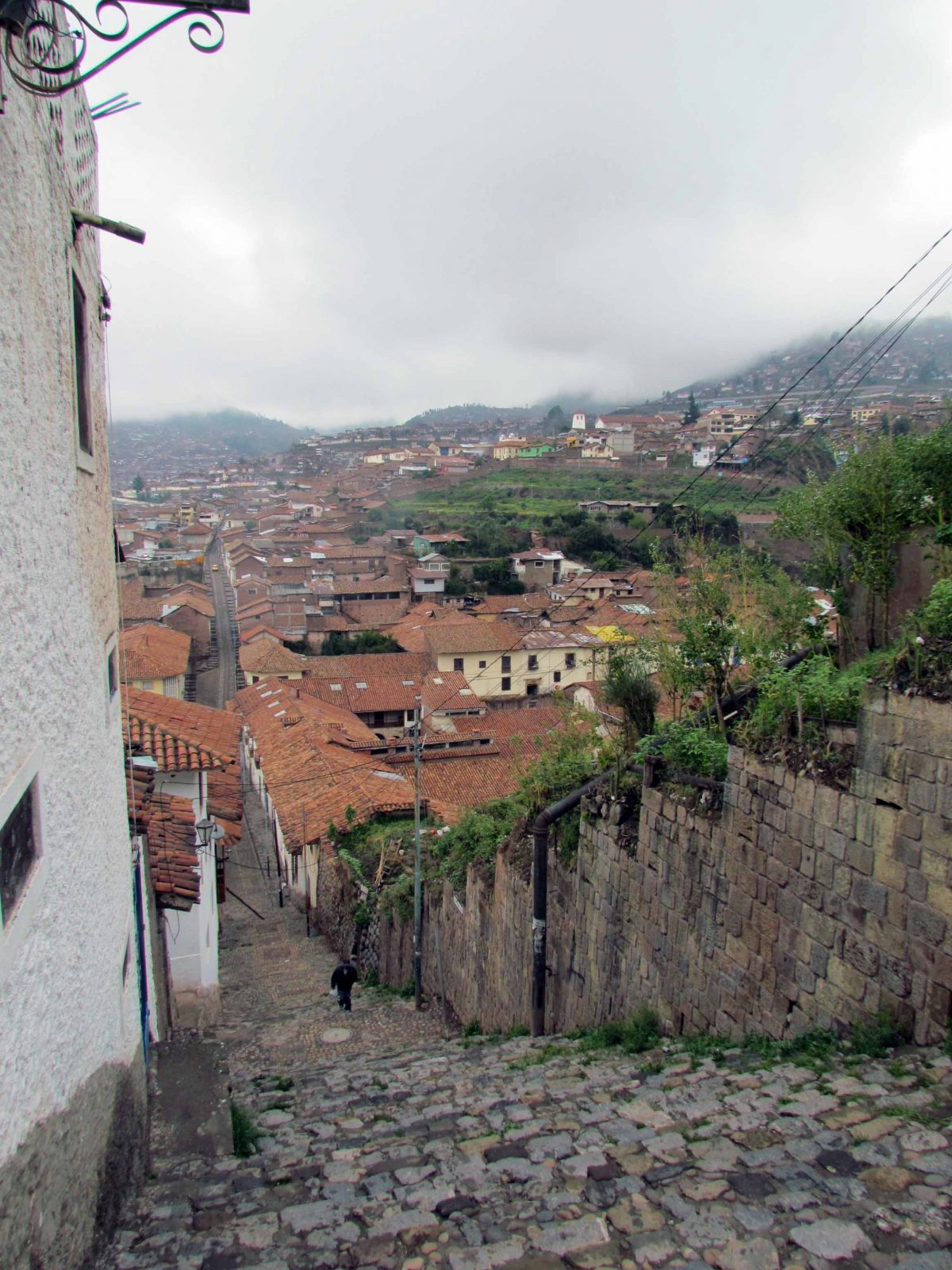
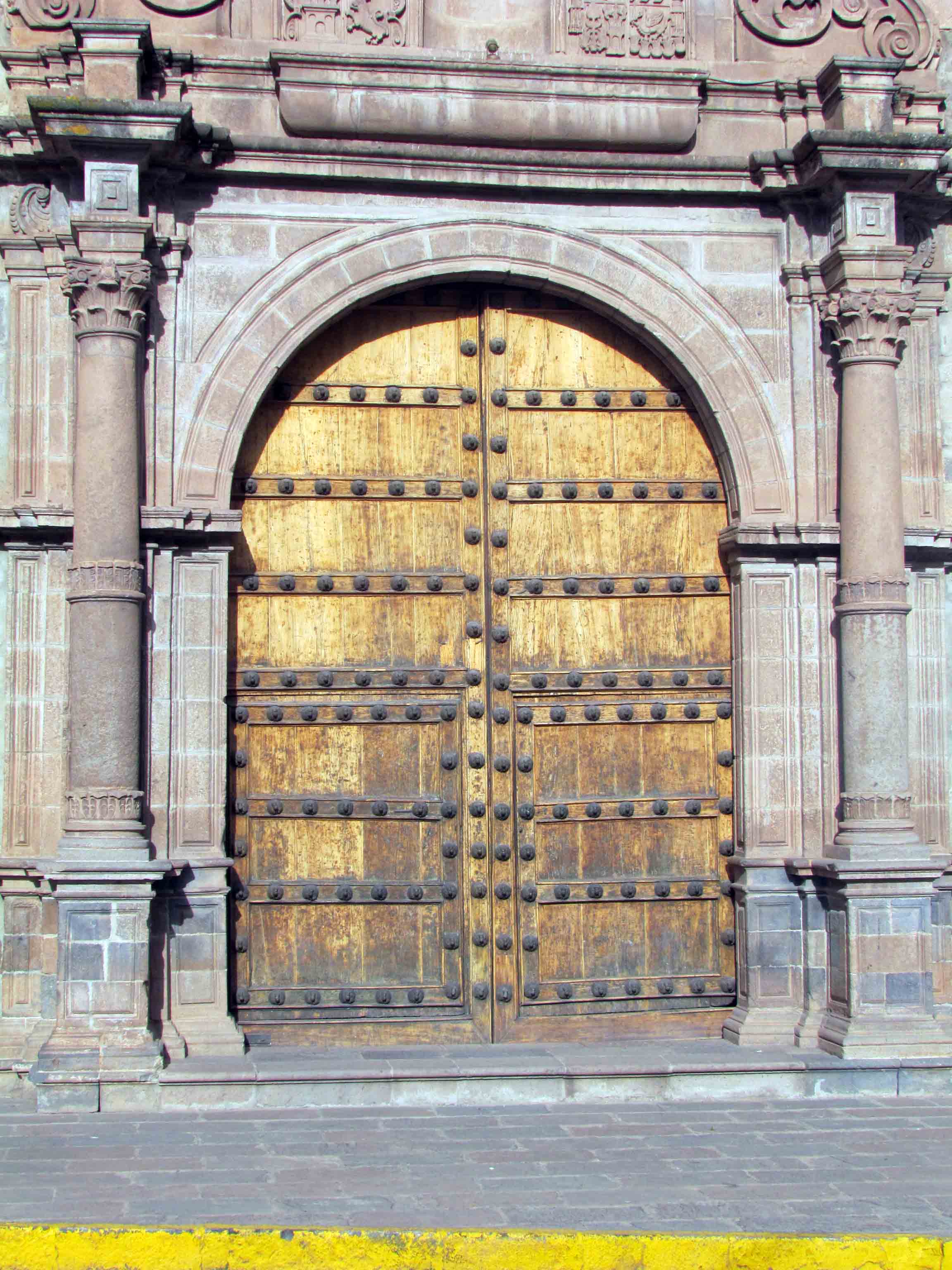
Altitude Sickness Strikes
Unfortunately, the altitude sickness struck my husband immediately and he had the headache from hell and the stomach to accompany it so our well-laid plans were put aside and our formal sightseeing pushed off to the following day.
My boys and I left him tucked in bed and well-medicated with hopes that he would feel better by dinner. We then headed out to walk around the city. I really wanted to go back and see that gorgeous market but I knew my boys were less interested in food that needed to be cooked and more interested in eating a real lunch. We were here for culture but I knew my limits.
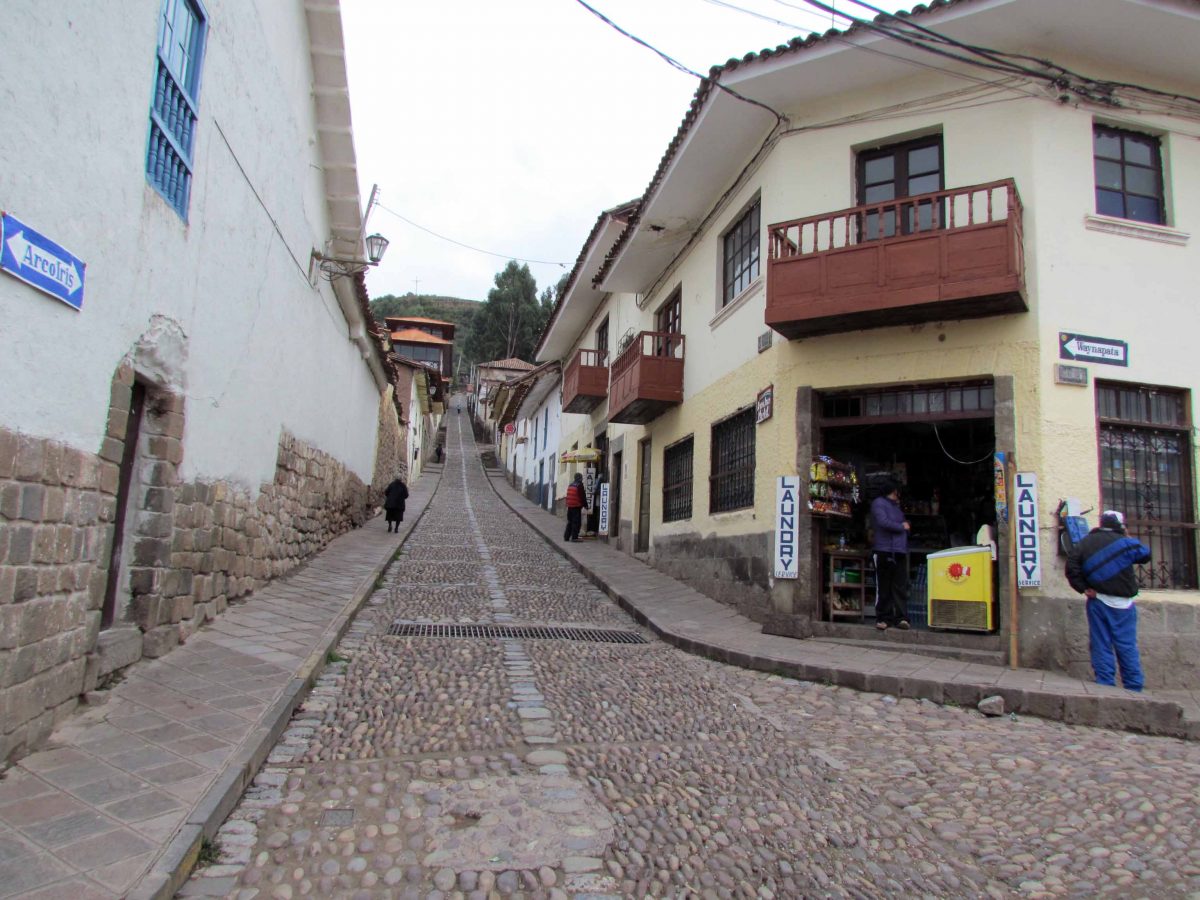
Looking for Lunch in Cusco
The Plaza de Armas was a short walk from the Hotel Anden Inca where we were staying. We were told that the best restaurants would be found there. What we weren’t told is that we would be bombarded by hawkers from each and every restaurant as we walked around the Plaza.
“¡Senorita, por favor, mira la carta, senorita!
Please, look at the menu!
¡Comé aca, buena vista, buena comida!
Eat here! Great view, good food!”
Wait staff yelled as they held open menus with pictures that looked like typical tourist food. You could eat American (hamburgers and cheese pizza) or European ( cream soups and pasta). Almost all offered some Peruvian dishes but always as an afterthought as if most tourists weren’t really looking for anything local.
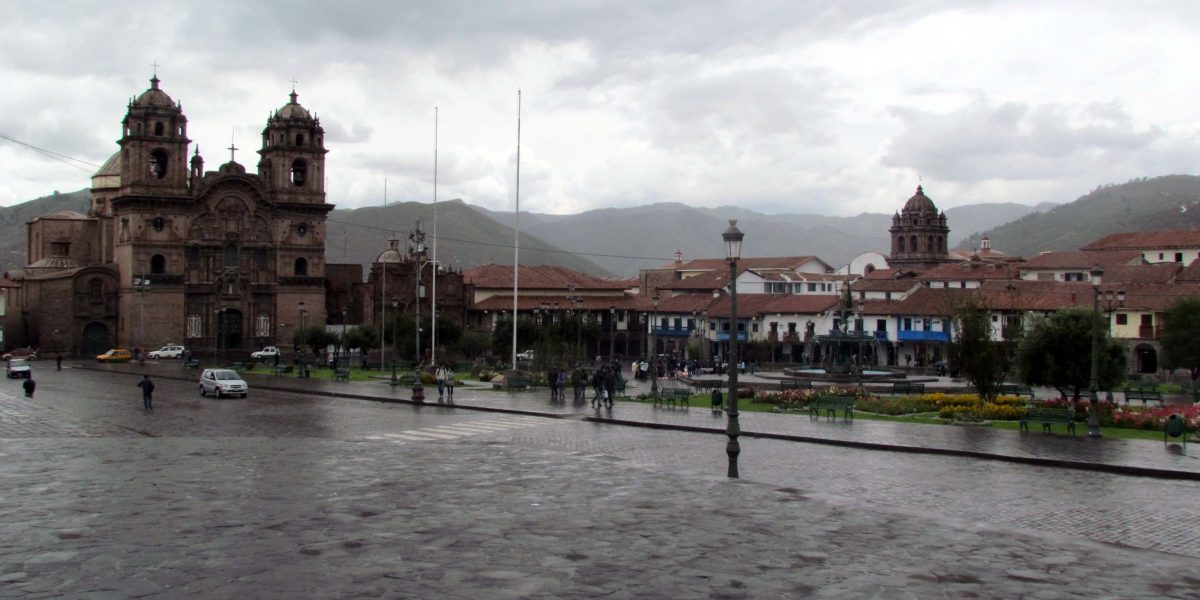
Restaurants Along the Plaza de Armas
After a block of this, we headed for the center of the Plaza, near the fountain, so that we could look at the variety of restaurants from afar. All restaurants were on the second floor and all had tables overlooking the Plaza with views of the historic buildings and the mountains behind them. In the end, we figured they all had the same food and similar views. Therefore, we chose a place because we liked its blue windows and its small size. As we headed that direction, the waiter out front saw us and immediately handed us an open menu, before we had even finished crossing the street. We smiled and nodded and said show us the way!
We climbed over a couple of children playing on the stairs in the hall and said a few words in Spanish as we went by. The children giggled and smiled. I felt good we had chosen this place. It felt family-owned and family-run. The owner took good care of us and we ate a decent if not memorable Peruvian meal – a quinoa soup for me and potato dishes for my boys. We were eating light to counter the effects of altitude.

There is a definite recommended diet – soup on day one, light meal on day two, regular food by day three. Begin each day with coca tea and drink it liberally until mid-afternoon. The owner also sent us on our way with Dieta de Pollo for my husband. This local remedy for altitude-sickness is a soup of chicken, vegetables, and rice. I bet it would cure the common cold as well.
Exploring Cusco By Foot
My boys and I spent the afternoon trying to get lost. It’s our favorite way of seeing a new place! Instead of following a map to where we are supposed to go, we follow the road or the path that looks most interesting. Our first hint that we went the right way was a tall, steep, set of stairs. I love steps because they take you to places where you can see vistas. And these did not disappoint though they were incredibly hard to climb at altitude!
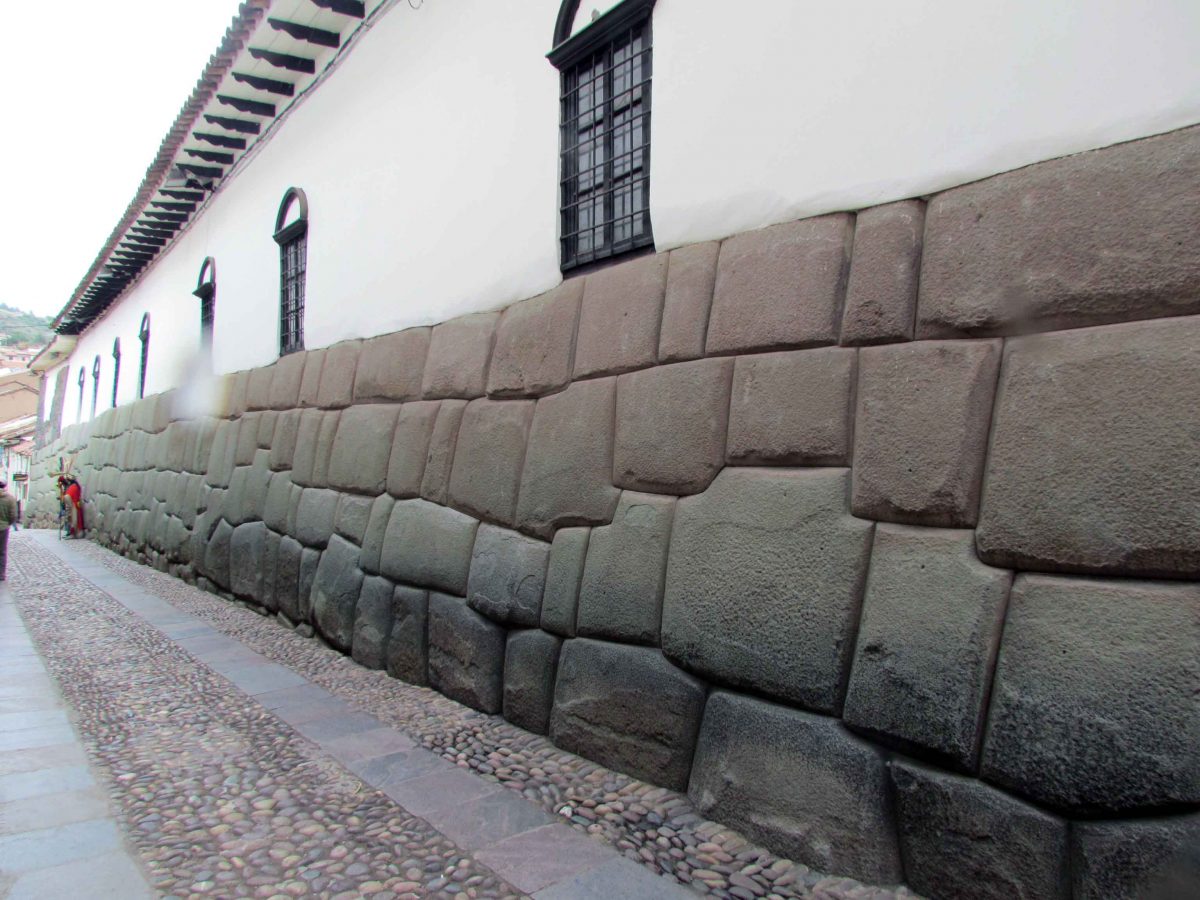
As we saw more of Cusco, it was clear that the Spanish had built directly on top of an Incan city. We learned that Spanish colonists built many of the churches and the government buildings with stones taken from Incan sites or directly on top of sites that they dismantled. Often, the stones were recut and fit to build in the Spanish style. In Cusco, it is common to see a building with an Incan base and a Spanish top or with Incan columns and Spanish arches.
Today, of course, the city takes great pride in both styles of building and is doing what it can to preserve them. Ironically, the older Incan walls are stronger and more earthquake resistant because of the methods used by the ancient builders. Stones were cut to fit tightly together and walls were not built straight up but slanted inward. Nor were stones all cut the same size or shape. Most walls were built with no mortar.
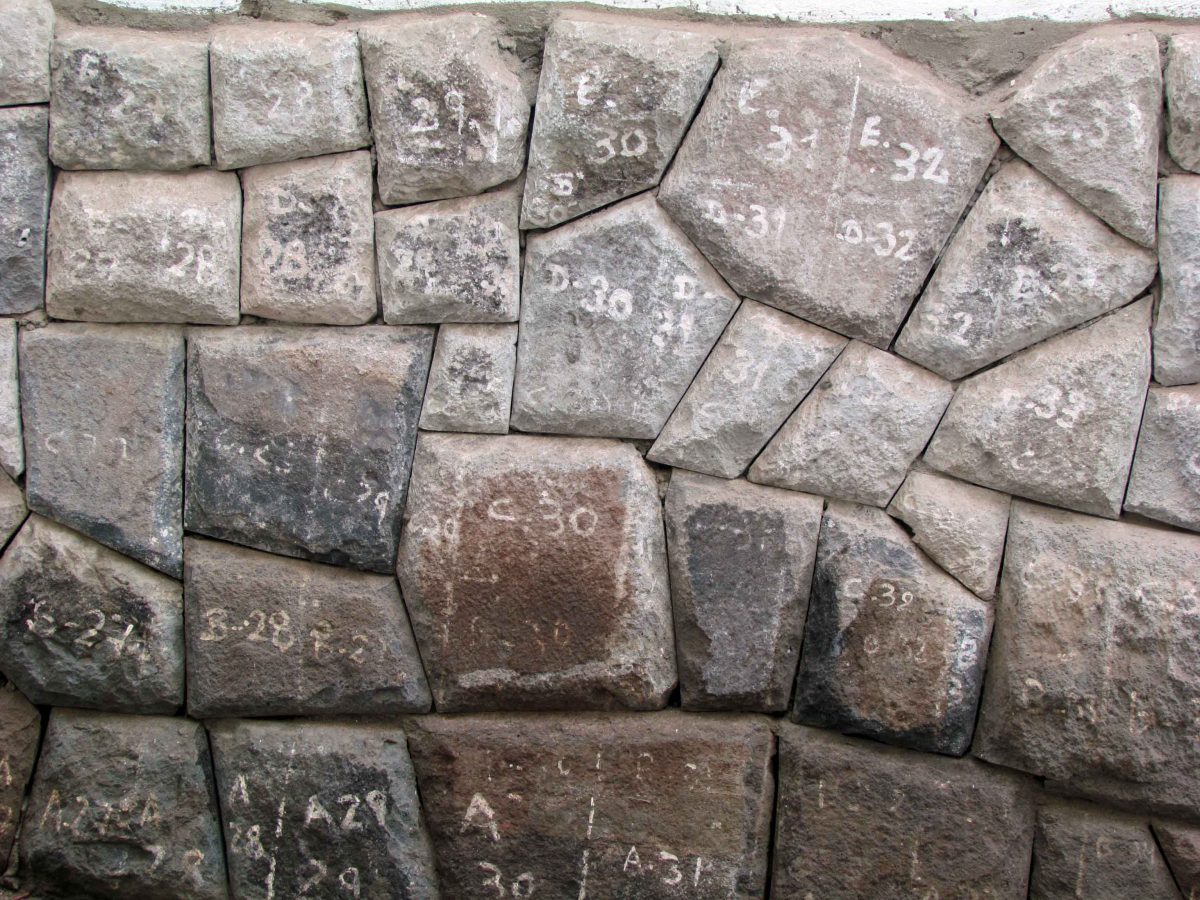
Street Vendors in Cusco
We also discovered the Peruvian vendor. They are ubiquitous to Cusco. Amazingly, they can spot a mark a mile away. I was the mark. And my boys thought it was funny at first but then they quickly realized that if I didn’t develop a method to escape the sales community of Cusco, that we would never get to see anything but souvenirs.
After I had purchased three beautiful watercolor paintings from Julio and two hand-carved gourds from the mother of a sweet three-year-old girl named Sophia, who was playing with her mother’s hair as her mother tried to convince me to buy more, we decided that I could no longer be polite. I had to learn how to walk away.
If I said “No, gracias!” to those who asked me simply to look, it was seen as an invitation to ask me more. The pleas included help because they are poor or they need to buy food or even to tell me that I am being rude because I refused to look their way. And it wasn’t just souvenirs.
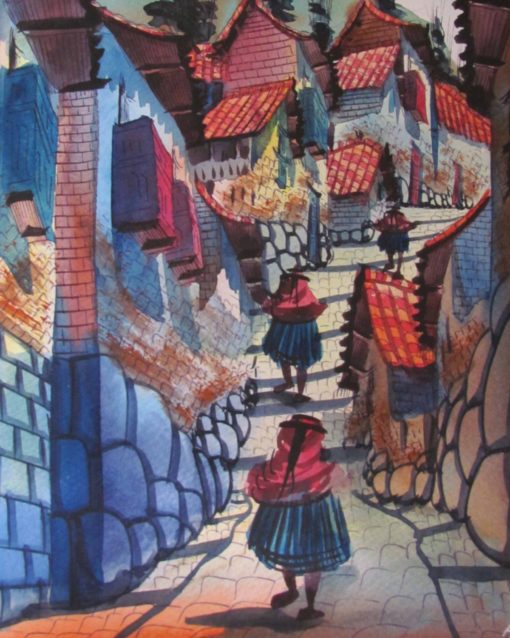
Taking Photos Of Children
We saw children, sometimes alone, sometimes with relatives, standing on street corners in traditional dress. Usually, they stood with a small animal at hand, waiting for their picture to be taken before asking for a small donation. Questions echoed in my head:
Is it right to take their picture? Do we exploit them when we do so? Isn’t this better than begging?
My level of discomfort was a direct result of my lack of answers to these questions. I was snapping pictures of locals in the street, partly to document the culture for my articles and partly because I was amazed that in today’s shrinking world that people could retain their culture at all. But should those people receive something in exchange?
During our tour the next day, the irony of the situation became even more apparent when a man with an obviously non-functioning camera started snapping pictures of the tourists. How many people understood his theatrics as an attempt to get us to see ourselves, snapping pictures of locals?
He was obviously unhappy with the status quo and he made me think of Aldous Huxley’s Brave New World. It brings into question How much tourism is a good thing for a community? The city of Cusco is a World Heritage site and attracts tourists from all over the world, the majority from Europe and North America. How can a community get the maximum benefit from the tourism industry and still manage to remain true to itself and its people?
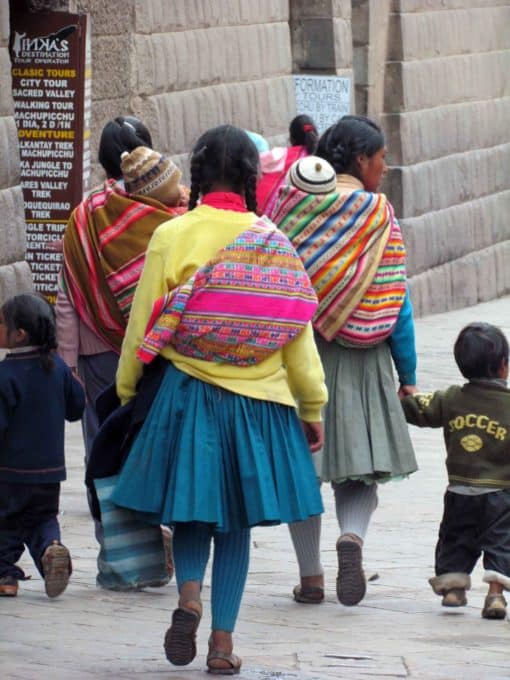
Getting Acclimated in Cusco
After our first afternoon of exploring, we were all ready for bed. While I had hoped that a good night’s sleep would see us kicking altitude sickness on the second day, I was beginning to exhibit a few worrisome symptoms. However, I hate to waste a moment, especially when there are things to see and photos to take! It didn’t hurt that we gained two hours and that the sun rises early in the Peruvian summertime. Yes, did I forget to tell you? It is summertime here in the Southern Hemisphere!
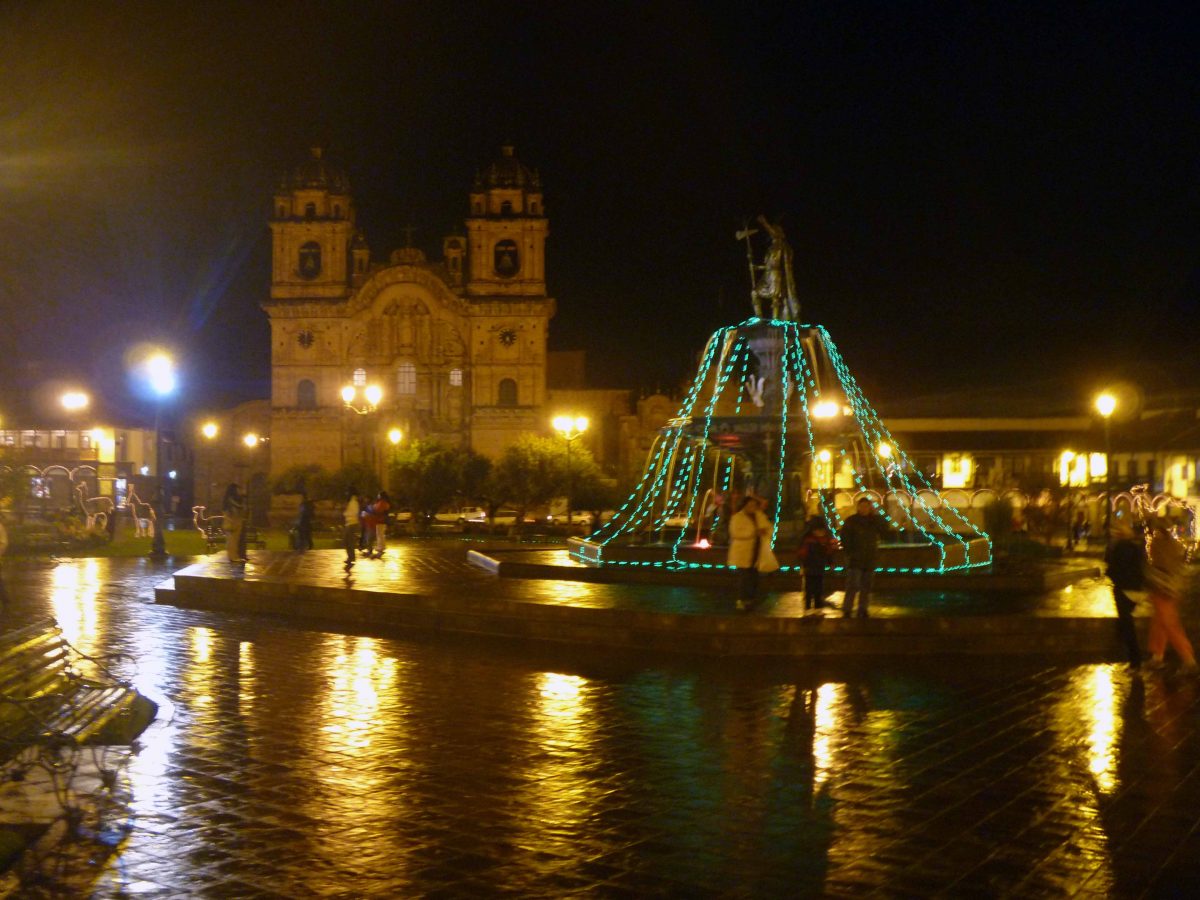
I woke my eldest, hoping we could take advantage of some early morning light for photos. We weren’t the only ones up and about. We saw stray dogs enjoying the fresh air, young boys walking to school, wool-capped men on their way to work, and women young and old opening up their shops. A few customers were already up and out after newspapers and their daily bread. We saw nary a tourist other than ourselves. That’s another reason why we like to get up and out! You really get a feel for a location when it’s not in midst of putting on a show for the tourists.
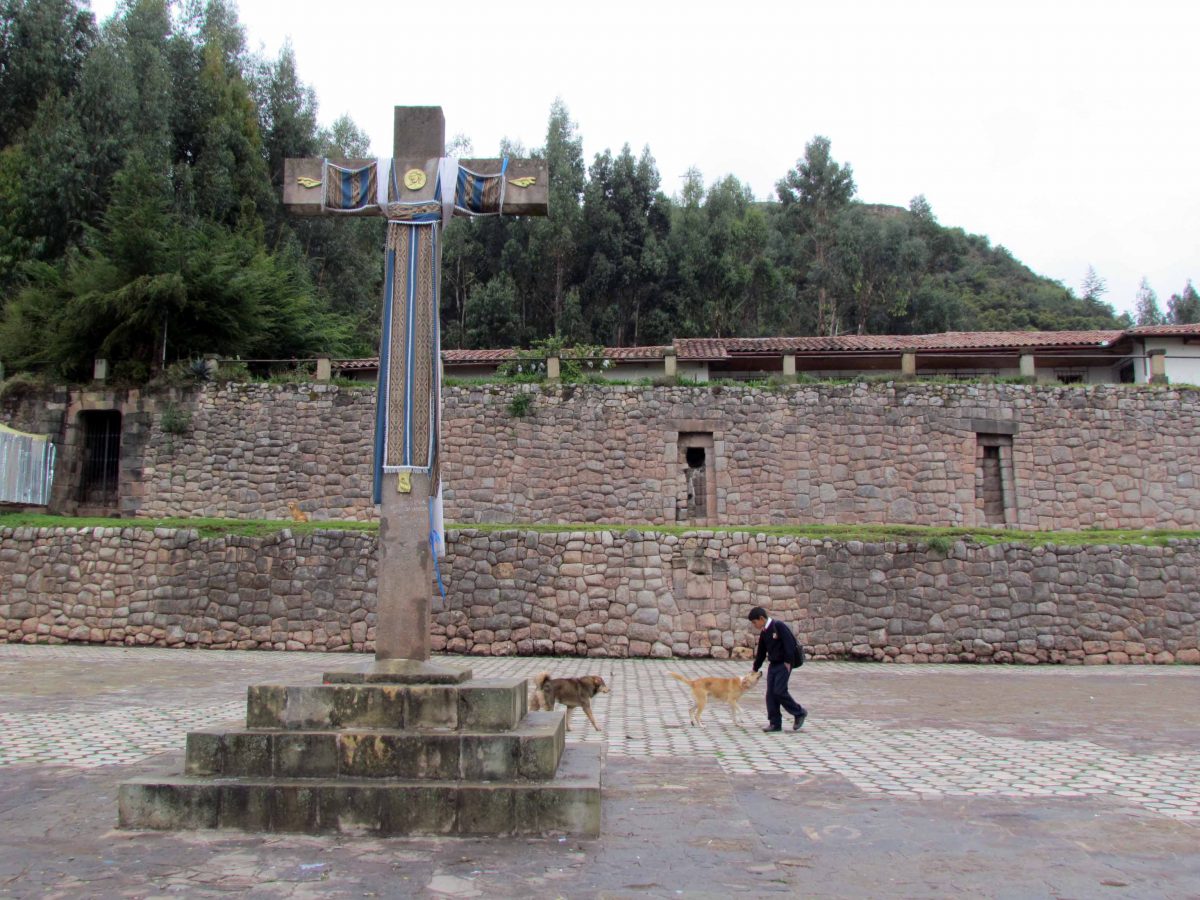
As for those first symptoms of altitude sickness… for future reference, it’s a good idea to turn around and go back to the hotel, not climb more steps for views of the city, when the nausea hits. For those of you who have experienced morning sickness during pregnancy, all I can say is that nausea from altitude sickness is even worse. I would have never thought that possible. Fortunately, getting sick is a good thing because I finally felt much better.
After a recuperation break back at the hotel, a little breakfast, and massive amounts of Motrin and coca tea, I was ready to follow the rest of the family out the door of the hotel and back onto the cobbled streets of Cusco. There was no way I was missing any part of this trip.
The Pre-Colombian Art Museum
Our first stop of the day was the Pre-Columbian Art Museum. I got the feeling once there that very few tourists make it to this treasure trove of Incan pottery, carvings, and shell jewelry. Furthermore, it has an additional benefit of being associated with The Center for Traditional Textiles of Cusco. If you are a fabric artist or a lover of handcrafts, then this is a must-visit. Not only can you purchase handmade goods woven in Cusco, but you will also know that your money goes to support the artist. The collective serves to support the local economy rather than a series of middlemen.
Read more about the Pre-Colombian Art Museum in Cusco
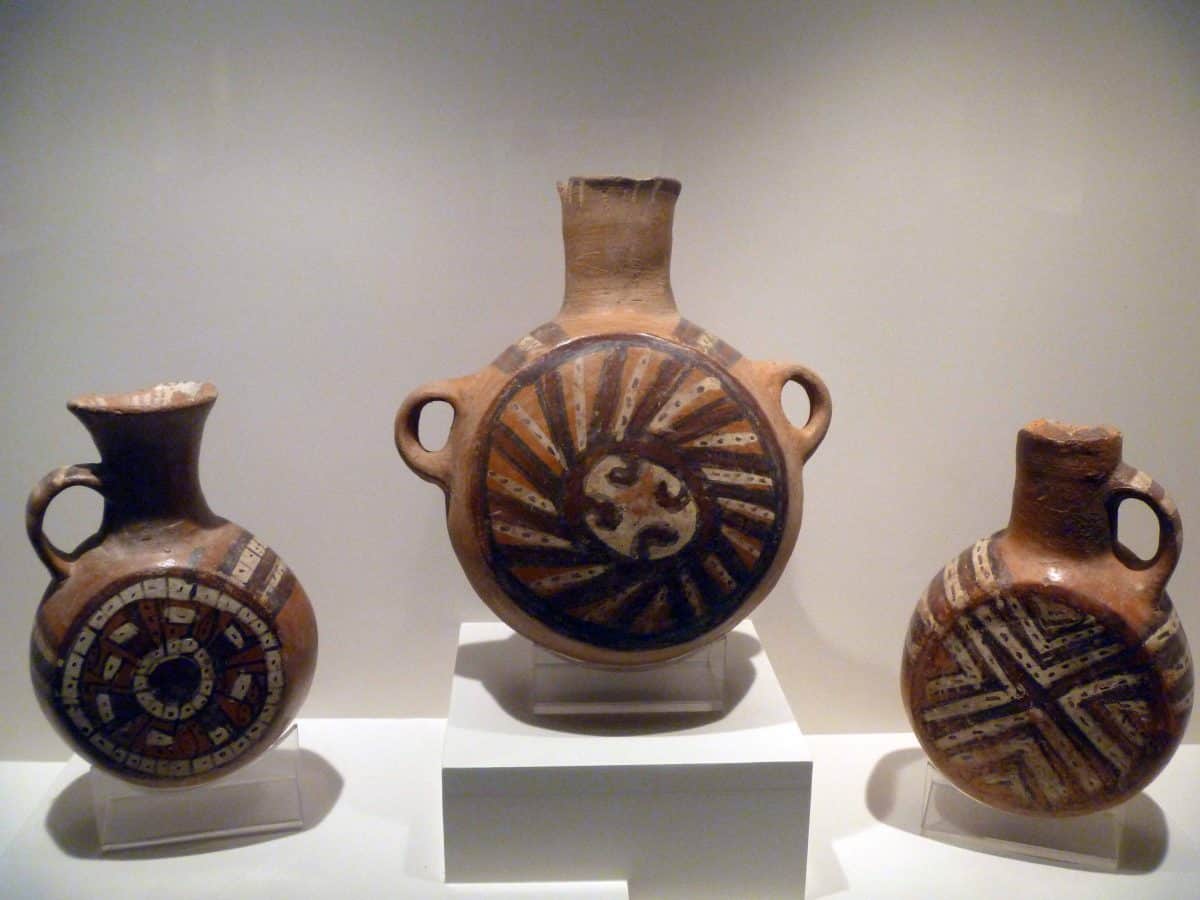
Our Cusco City Tour
After the museum and a light lunch, it was time for our scheduled tour of the city of Cusco and some surrounding Incan sites. It was part of our package deal, something we have rarely signed up for when we travel. We are generally not the types you would find on guided tours and our single experience on a bus trip to Amsterdam had scared me off them for a very long time. This afternoon had those moments that we would have loved to avoid – crowded spaces, limited time, and the rushed feeling of always needing to get to the next location. But the tour had its benefits.
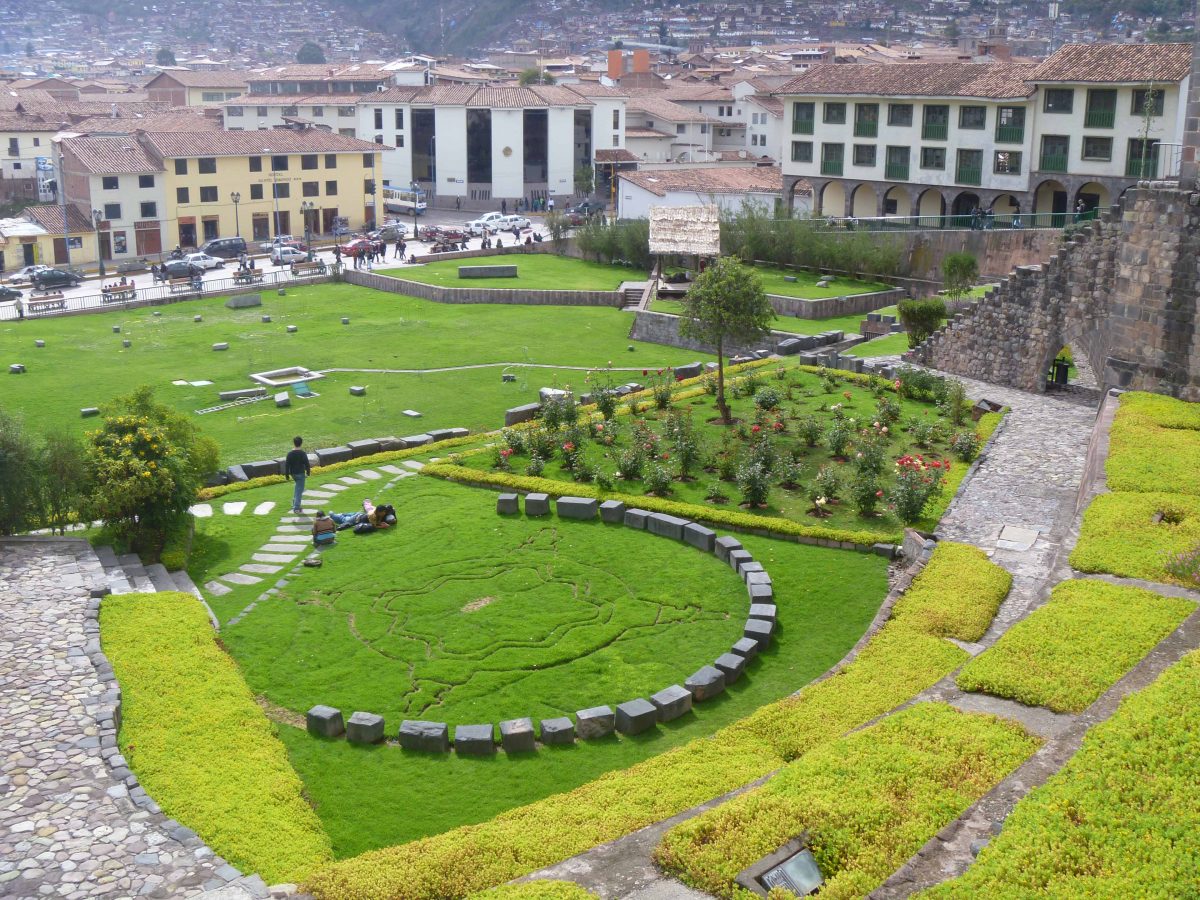
Our guide was Rómelo Valencia, a well-known figure around Cusco. His great uncle was the Quechua founder of Machu Picchu years before Hiram Bingham came to Peru. Rómelo has been a guide for more than 20 years and has studied languages at the University of Qosco and has an advanced degree in tourism. He knows more about the local area than he could tell us in a lifetime. He also had some unique views that served as a window into understanding the local Quechua people.
Again, our afternoon guided tour deserves its own article. It included a visit to the Cathedral of Cusco where we learned about the Cusco School artistic movement and the Church of Santo Domingo which was built on the ruins of Qoricancha. Outside of Cusco, we visited the Incan sites of Saqsayhuamán, an old fort called Puca Pucara, and the ancient waterworks of Tambomachay.
Read more about our Cusco City Tour and the Incan Ruins outside the city
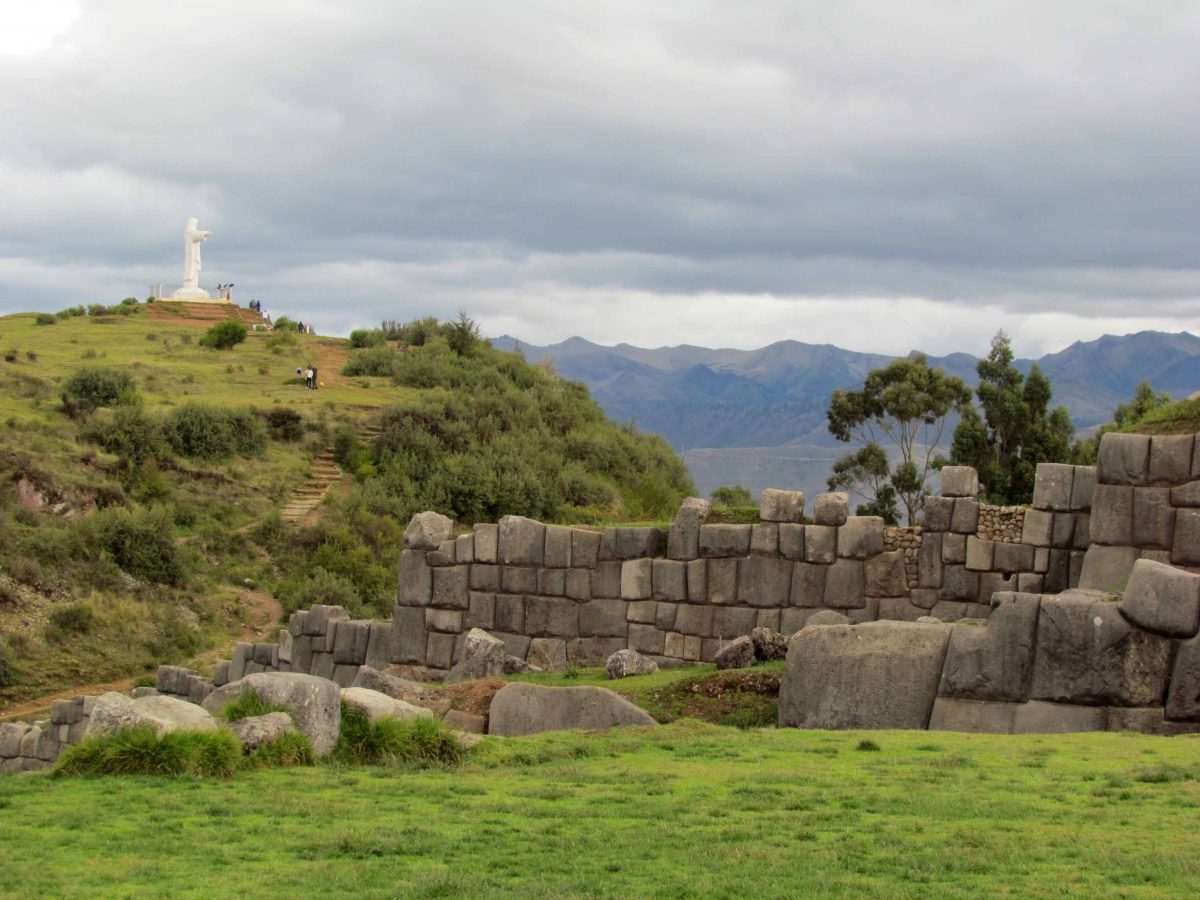
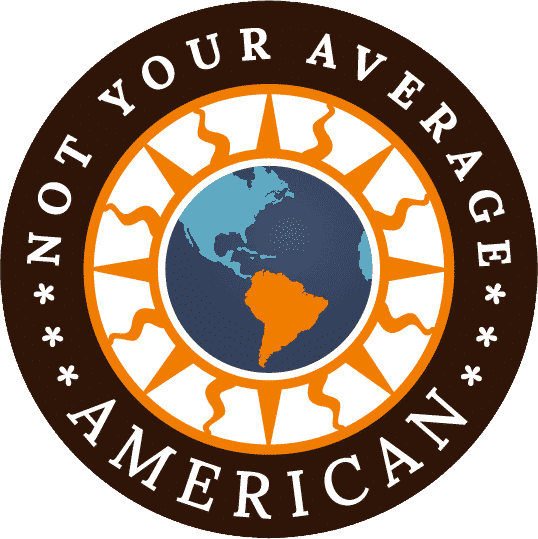
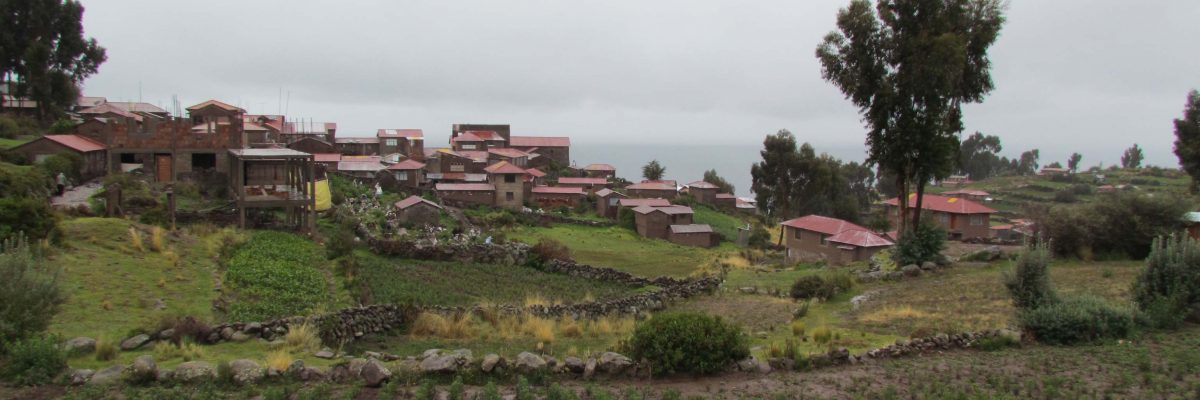
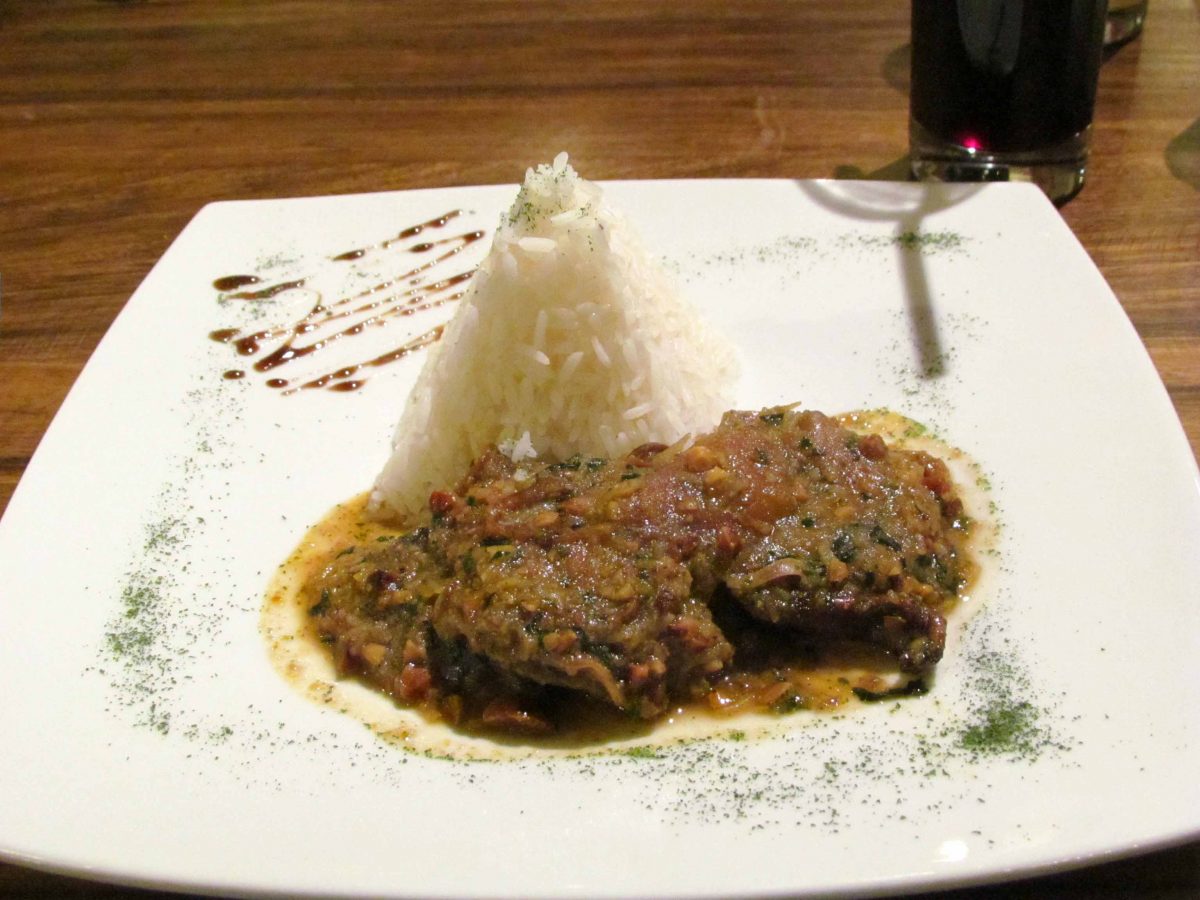
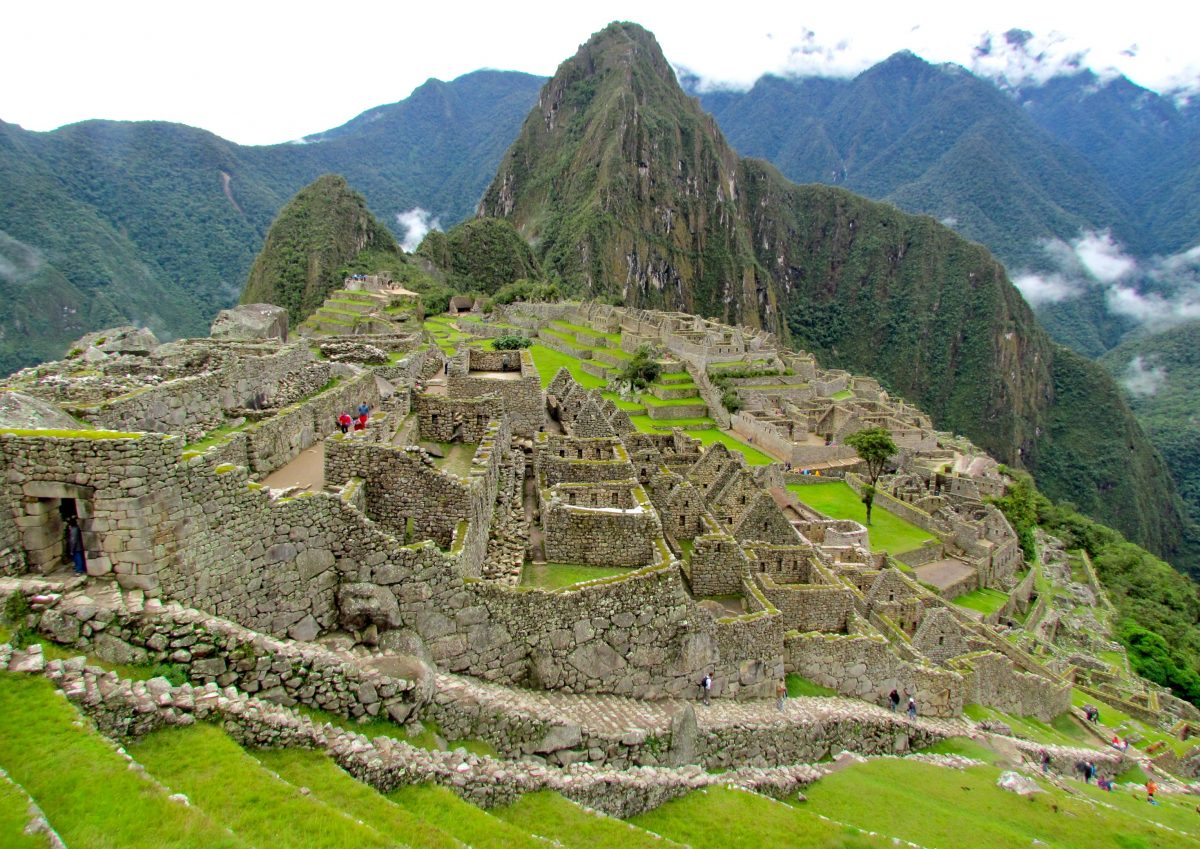
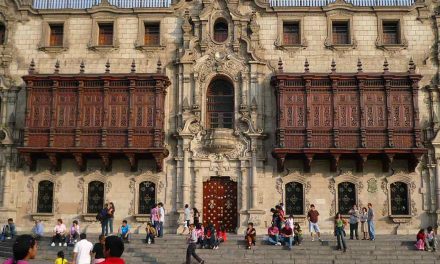
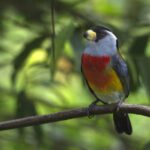
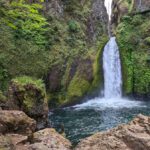
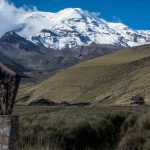
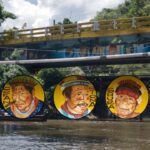
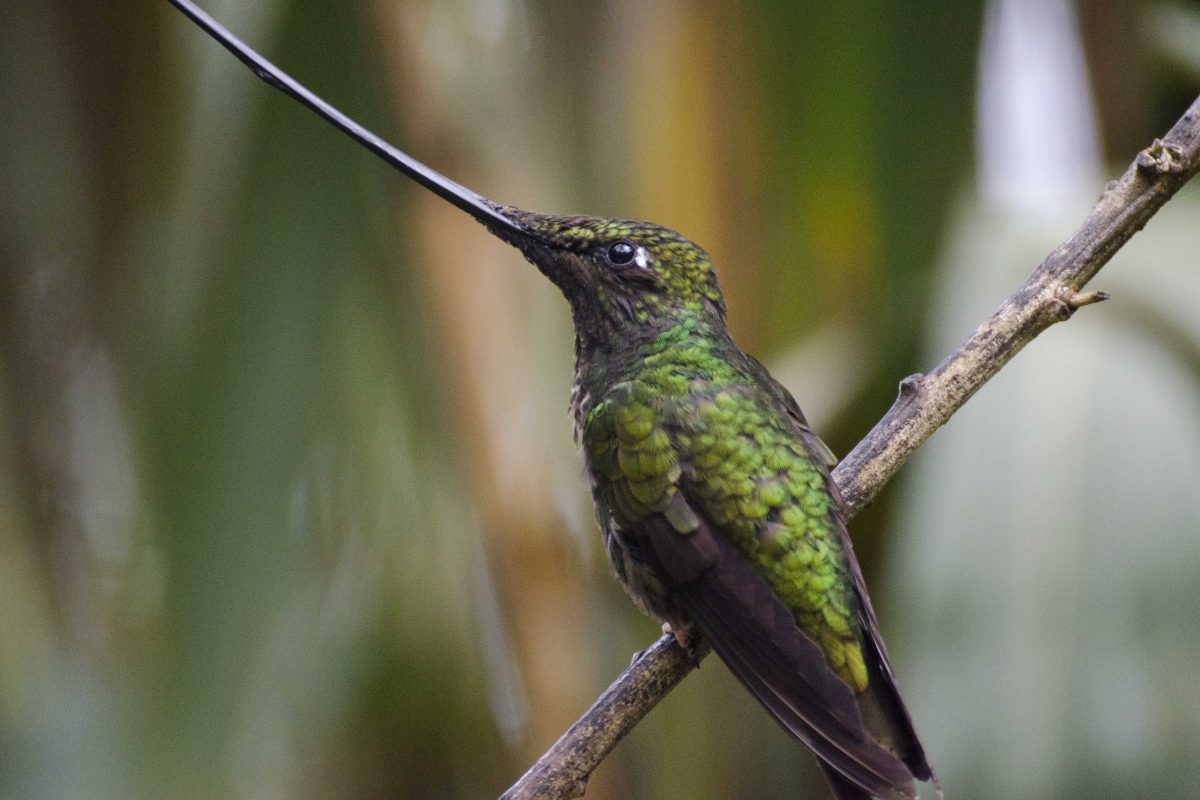
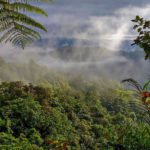

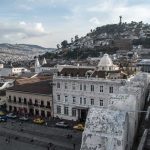
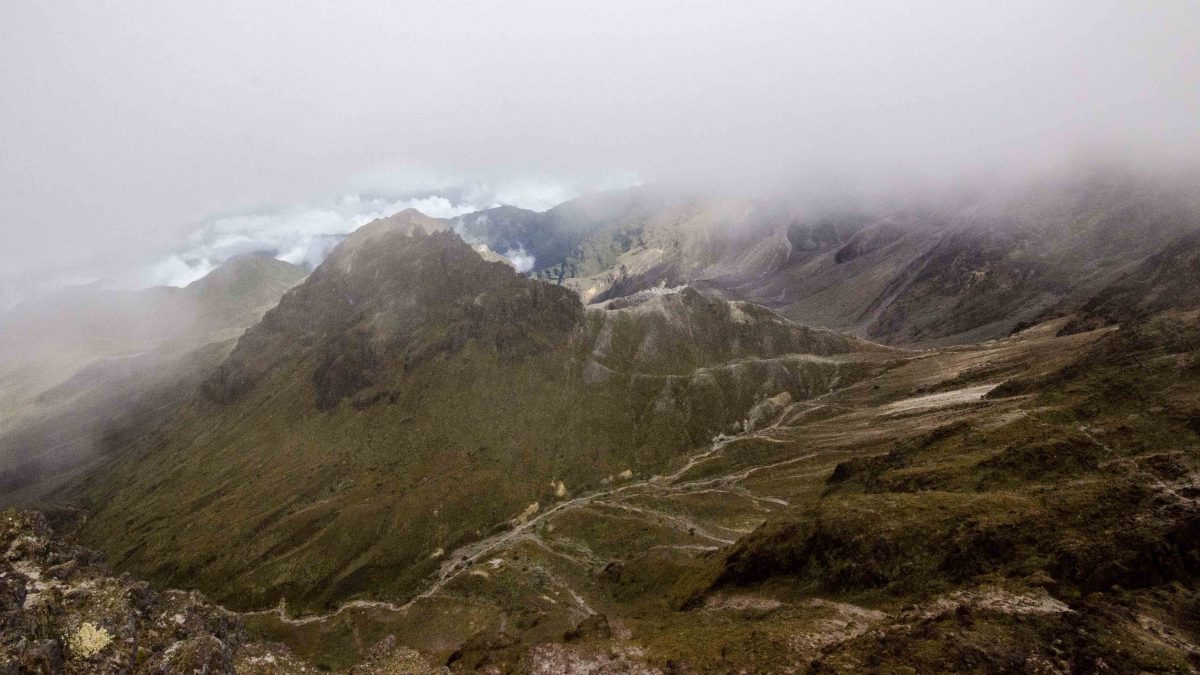
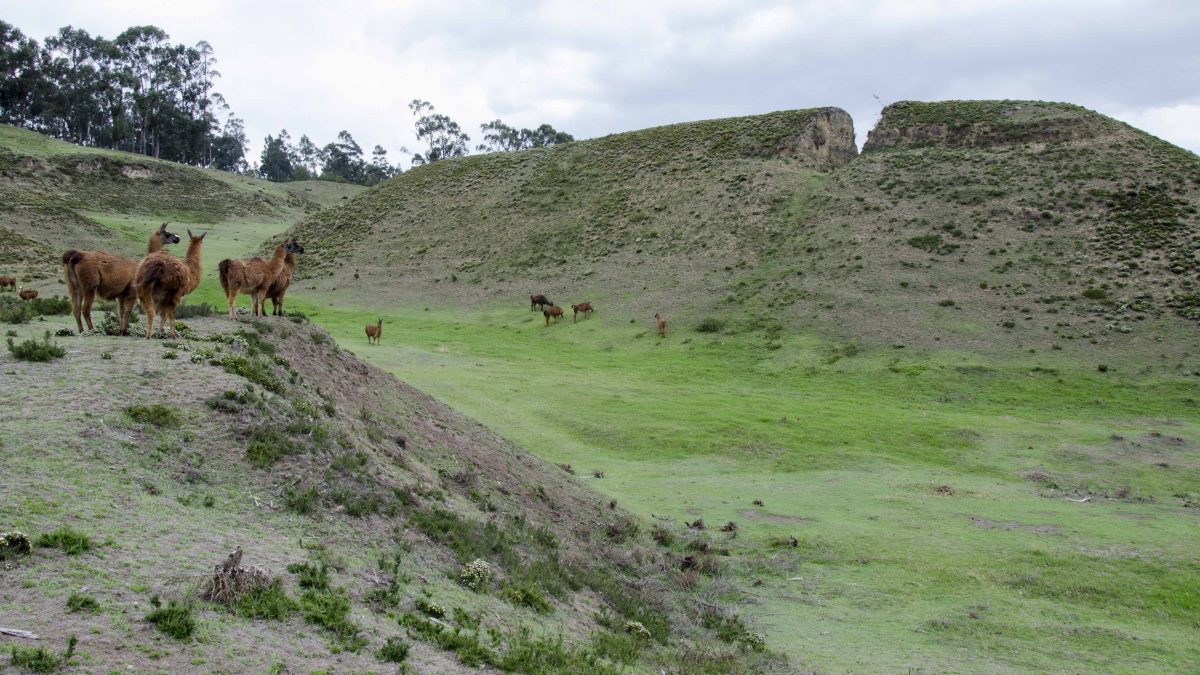
I’d love to go 🙂
Cusco is a place just filled with history and has some how managed to hang on to its culture despite the number of foreign tourists that visit. I think you would like it very much!